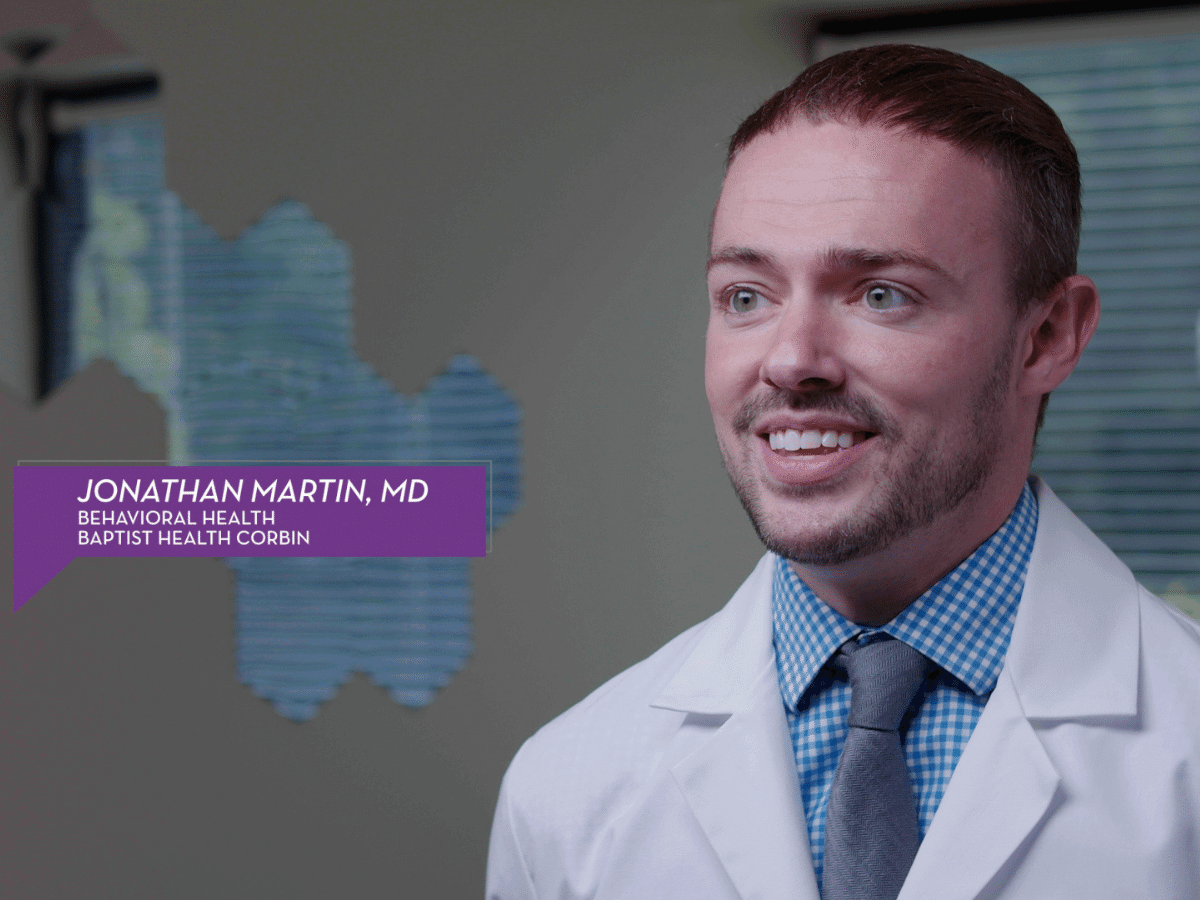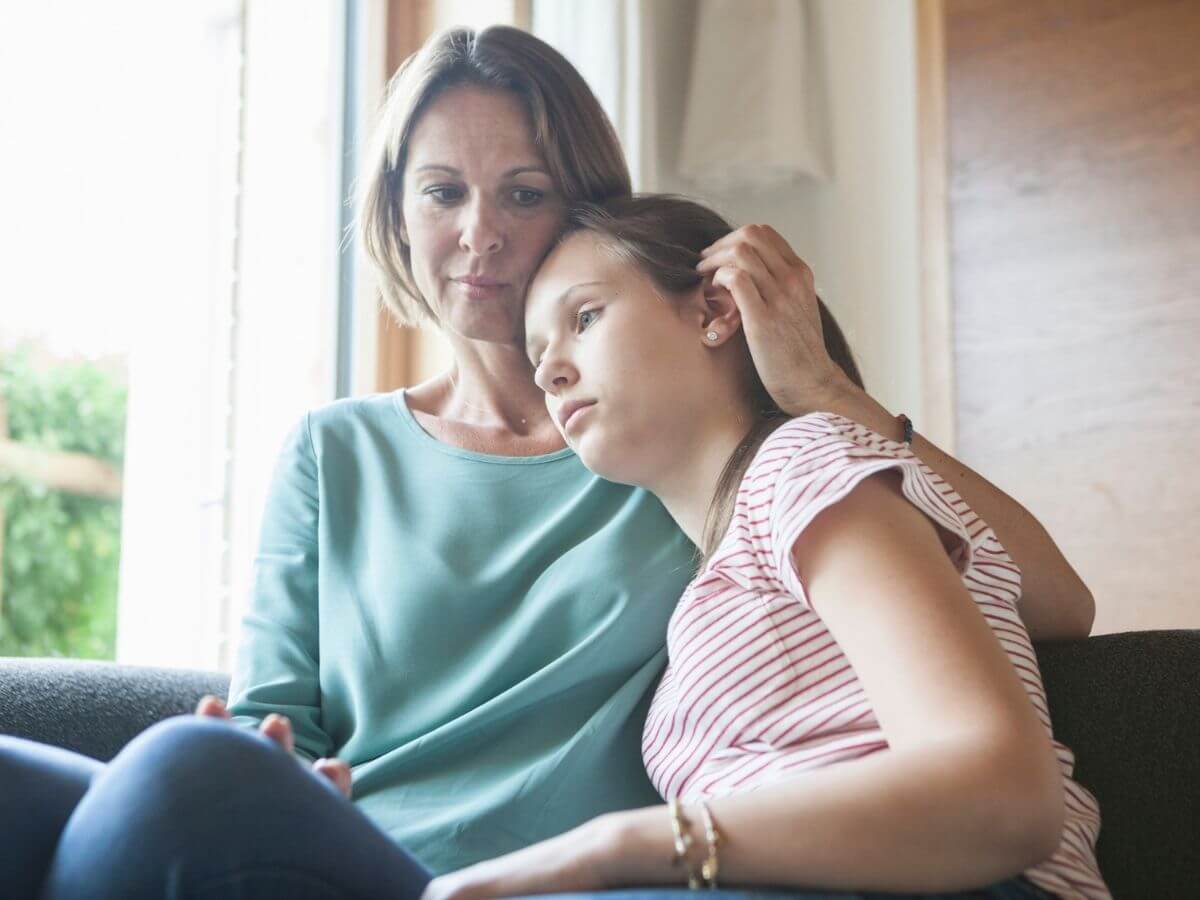Understanding Suicide Risk

Clinically reviewed by Dr. Imran Iqbal, MD.
More than 720,000 people die by suicide each year, according to a World Health Organization estimate. According to the Centers for Disease Control and Prevention, in the U.S. alone, one death by suicide occurred every 11 minutes in a recent year. And for every death, many others attempt suicide.
People of all ages die by suicide, but it’s the second leading cause of death among those 15–29 years old. Knowing what to look for when someone is considering suicide enables you to intervene and help them get treatment. This includes seeing the signs in yourself and reaching out for help. It’s also crucial to understand the protective factors that help reduce a person’s risk of dying by suicide.
.jpg?rev=310d0d212fcc43f6a819820bcd3952bf)
Suicide Warning Signs & Risk Factors
Some people attempt or die by suicide without ever exhibiting warning signs. However, in many instances, there are indicators of their intent. Seeing any signs is a reason to take action, but experts group them into “immediate” and “serious” warning signs.
Immediate warning signs are listed below. If you see them in yourself or someone else, call 988 for the Suicide & Crisis Lifeline.
- Talking about wanting to die or kill oneself.
- Looking for a means to end one’s life, like obtaining a gun or pills or researching suicide methods.
- Expressing feelings of hopelessness, unbearable pain or having no reason to live.
Other serious signs that someone is contemplating suicide include:
- Talking about being a burden to others.
- Withdrawing from others.
- Experiencing extreme mood swings.
- Talking about having “no way out” of emotional pain.
- Behaving recklessly, including increased use of drugs or alcohol.
- Displaying increased anxiety or agitation.
- Expressing a desire to get revenge.
- Demonstrating extreme anger.
- Sleeping too much or too little.
- Taking action to “get one’s affairs in order,” such as saying goodbyes or giving possessions away.
- Displaying sudden happiness, relief or a sense of calm due to deciding to end one’s life.
- Having attempted suicide previously.
Unlike warning signs, suicide risk factors aren’t predictors of suicide, but they can increase the chance that someone may try to end their life. They are generally categorized as:
- Health factors: including mental health disorders and severe physical health conditions.
- Environmental factors: such as access to lethal means (firearms, medications, etc.), stressful life events (death of a loved one, bullying, financial crisis) and prolonged exposure to trauma or abuse.
- Historical factors: including a family history of suicide, previous suicide attempts and childhood abuse or neglect.
Take Action To Address a Potential or Imminent Suicide Attempt
If you see signs that someone may be suffering from depression or considering suicide, evidence shows that talking with them supportively and non-judgmentally can help prevent them from taking action. You shouldn’t hesitate to have the conversation due to fears that it might encourage them to carry out the act.
If you see the signs of a heightened risk of suicide, you should be prepared to take prompt action. This can include contacting an emergency medical or crisis counseling center and removing or preventing access to the means of self-harm. You should also stay with the person until they are safe.
If you or anyone you know is contemplating suicide:
- Go to the nearest emergency room
- Call 911
- Call 988 for the Suicide & Crisis Lifeline
When talking with someone who is contemplating suicide, focus on being an active listener and offering support. You should not emphasize how much they have to live for or stress that others “have it worse than them” (these statements can sound dismissive of their pain), encourage them to stop saying negative things (which can shut down the dialog) or say that suicide is selfish and harmful to survivors (which can add to their stress).
What is most helpful is simply being a calm, reassuring presence.
Protective Factors That Reduce Suicide Risk
It is vital to understand that all of the mental and emotional conditions that can contribute to the risk of suicide can be treated successfully. That includes new methods and medications that are continually being developed. Plus, in many cases, the life circumstances that may be factors in a person’s decision to end their life can also be addressed.
Protective factors that can help reduce the likelihood of suicidal thoughts and behaviors include:
- Effective clinical care for mental, physical and substance use disorders.
- Easy access to various clinical interventions and support.
- Strong connections to family, friends and community.
- Skills in problem-solving, conflict resolution and nonviolent ways of handling disputes.
- Cultural and religious beliefs that discourage suicide and support self-preservation.
Ultimately, the keys to reducing suicide risk are enhancing protective factors, seeing the signs of an impending suicide attempt and taking action to ensure the person gets help.
Learn about behavioral health services at Baptist Health.
Next Steps and Useful Resources
Find a Behavioral Health Provider at Baptist Health
Dealing with Loneliness During the Holidays
How Can You Help Someone with Depression?
Overcoming Holiday Depression and Anxiety



